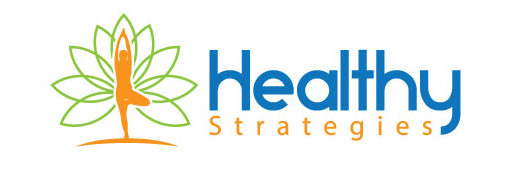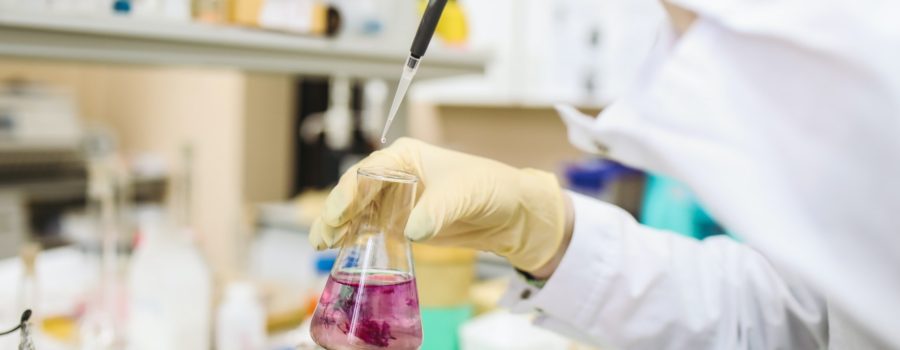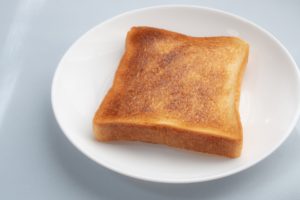Baby Shampoos
I wanted to review the ingredients in some well-known brands of baby shampoos and body wash. I knew some manufacturers decided to improve their products and eliminate some of their chemicals.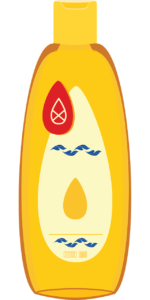
I was shocked and amazed when I saw what they kept in their formulas. The front label boasts saying “hypoallergenic, no parabens, no phthalates, no sulphates.” Is it enough to see these? That’s good, but not nearly enough.
More important it’s to read what’s actually in it. Unfortunately, lots of junk. It’s very difficult and time-consuming for busy moms to stand in the store and read the back labels for baby shampoos or other children’s products.
Usually those labels are typed in small print, I have to use the magnifying feature of their smartphone. I’m not going to copy here all the ingredients from the lists I recently looked at, I think it’s more helpful to make a few important points about some of them.
First of all, if names like Polyquaternium-10 appear, it cannot be non-allergenic. Others with similar properties are DMDM hydantoin, diazolinidyl urea, and imidazolinidyl urea. These are all formaldehyde-releasing agents responsible for skin toxicity and allergic reactions.
A good disguise I recently came across was Guar Hydroxypropyltrimonium Chloride. Wow, that’s a mouthful! When I saw trimonium at the end, I knew that’s an ammonium derivative, a quaternary ammonium derivative, to be precise—similar to polyquaternium. If we break down this word, the hydroxypropyl is another petroleum derivative squeezed in it.
So baby shampoos can still contain allergy triggers, the one I saw listed in all three labels I checked was Polyquaternium-10. Additionally, other names from the ones I listed above can be appear.
Moving on, whenever you see PEG-80 Sorbitan Laurate, or PEG -150 Distearate, or any sort of PEG—even when followed by a plant ingredient (like in this example PEG -40 avocado oil), that PEG is a derivative from the carcinogenic ethylene oxide—the cousin of the antifreeze we use in the cars.
Other hidden PEGs are in ingredients ending in eth like Laureth-4 or sodium laureth sulphates or any other ingredient with eth at the end—they’re also derived from ethylene oxide (antifreeze).
Phenoxyethanol also does too; combines ethylene oxide with phenol, another lousy chemical.
Whenever you see fragrance without being followed by its source (lavender oil, for instance), this means it’s a synthetic fragrance and may contain phthalates. If it says no phthalates on a product, there are many other synthetic chemicals used for fragrance purpose. Unfortunately, some fragrance-free products use other chemicals to dull the smells.
The most ironic phrasing I’ve seen was on one of the baby shampoos was “made with organic Calendula.” What good does a bit of organic calendula do if mixed with allergens, carcinogens, and other nonsense chemicals that are the bulk of what we use when we squeeze from that bottle?
Keep in mind these are not just in baby shampoos, they’re in kids and adult products just as well.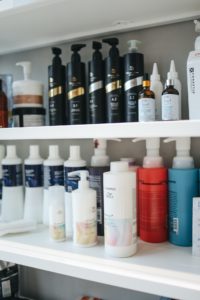
I think the best way to deal with all these chemical names we don’t understand much about, is to look for less known brands. Companies that make small batches of specific products, they fully disclosed their ingredients, and they’re often tested by a third party. In this situation, the ingredients on the labels are mostly plant-derived names you recognize.
In addition, there can be other names that sound more complicated. For instance, on a body wash I use, it reads Coco-Glucoside (Coconut/Sugar), Sodium Coco-Sulfate (Coconut), Lauryl Glucoside (Coconut/Sugar), Decyl Glucoside (Coconut/Sugar). As you see, the source is disclosed in brackets next to a name you’re less familiar with.
For those of you interested, I prepared a FREE check list with non-toxic cosmetic brands. Many of them make baby and young children products and if anyone is fond of a bubble bath, some include this option too. You can download it for free by clicking the link.
YES, I NEED TO KNOW ABOUT THE NON-TOXIC COSMETIC BRANDS!
